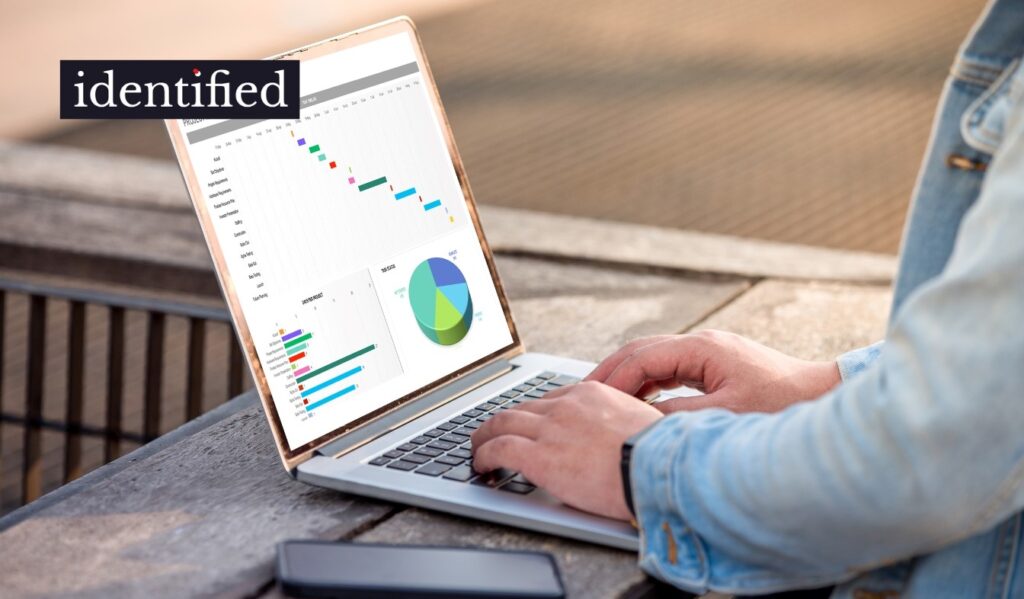Boost Your Conversion Rates with These Top Techniques to Identify Web Visitors
Businesses are finding it more and more difficult to identify web visitors in today’s fiercely competitive digital landscape. Without clear insight into who is visiting your website, optimizing performance and achieving higher conversion rates becomes difficult. This lack of visitor identification can result in missed opportunities, ineffective marketing strategies, and a failure to engage the right audience. Many businesses struggle to deliver personalized experiences that drive conversions due to incomplete visitor data.
In this blog, we’ll explore the top techniques for identifying web visitors, helping you improve your website’s performance, and significantly boosting your conversion rates.
The Importance of Identifying Web Visitors for Conversions
For businesses hoping to convert traffic into sales, it is essential to identify web visitors. When you know who your visitors are, you can personalize their experience, increase engagement, and ultimately improve your conversion rates. According to a study by Econsultancy, 93% of companies see a rise in conversions after personalizing web experiences based on user data.
Without this critical information, businesses may struggle to optimize their site for user preferences or target the right audience with tailored marketing efforts.
What Does It Mean to Identify Web Visitors?
Identifying web visitors means tracking their behavior on your site and analyzing patterns to understand their interests, needs, and actions. This process involves various techniques like tracking cookies, monitoring user flows, and analyzing IP addresses.
Identifying web visitors not only enhances personalization but also informs data-driven decisions that lead to better marketing efforts. For example, knowing which pages users visit most allows businesses to refine their content, adjust their marketing strategy, and ultimately increase customer retention. It also ensures businesses can reach their target audience more effectively.
Top Techniques to Identify Web Visitors
There are several proven strategies for tracking online visitors and gathering data that can improve your website performance. Below are the top techniques that will help you identify web visitors and use that data to boost your conversion rates.
Using Cookies and Tracking Pixels
Cookies and tracking pixels are widely used tools for monitoring website visitor behavior. Cookies store small pieces of data on a visitor’s browser, allowing the site to recognize returning visitors and tailor the experience to them. Tracking pixels, on the other hand, are small pieces of code embedded in a website that track user activity and behavior.
These tools help retarget visitors who didn’t convert initially by delivering personalized ads or content on follow-up.
IP Address Tracking
Tracking IP addresses allows businesses to gather information about the geographic location and ISP data of visitors. This technique is particularly effective in B2B marketing, where knowing the location of your visitors helps with geo-targeting.
By knowing where your visitors are from, you can tailor content and offers, improving engagement and conversions.
User Registration and Sign-in Forms
One of the most direct methods of gathering identifiable data is through user registration and sign-in forms. By encouraging visitors to sign up for an account, subscribe to a newsletter, or participate in a free trial, businesses can gain access to valuable user information such as names, email addresses, and preferences.
Incentivizing users with discounts, exclusive content, or special offers can further encourage them to register or sign in, providing your business with a reliable way to identify visitors.
Google Analytics and Behavior Flow Analysis
Google Analytics is a powerful tool for tracking online visitors and understanding their behavior. The Behavior Flow report in Google Analytics shows how users navigate through your site, highlighting any friction points that may be hindering conversions.
By analyzing this data, you can identify the pages where users drop off and optimize your site’s structure, content, and calls-to-action (CTAs) to better meet their needs.
CRM Integration with Website
Integrating a Customer Relationship Management (CRM) system with your website allows you to connect user activity on your site with your existing customer database. This integration helps you track leads, monitor customer behavior, and tailor your marketing strategies based on their activity.
With CRM integration, you can also send personalized emails or offers to returning customers, improving your chances of retaining clients and driving repeat business.
Boosting Conversion Rates Through Visitor Identification
The ultimate goal of identifying web visitors is to increase conversions. Once you know who your visitors are and how they interact with your site, you can offer a personalized experience that keeps them engaged and more likely to convert. Data-driven decisions made from visitor identification can significantly improve website performance.
Personalizing the User Experience
By collecting data on user preferences, browsing history, and behavior, you can create personalized experiences for your visitors. Personalized content, targeted offers, and customized communication can lead to higher engagement and ultimately higher conversion rates.
Retail websites using visitor behavior to recommend products based on past searches or purchases often significantly boost sales. Personalization keeps users engaged and encourages them to return to your site.
Retargeting and Customized Marketing
Visitor identification enables businesses to create retargeting campaigns that bring users back to the site. By tracking visitor behavior and monitoring those who leave without converting, businesses can deliver targeted ads or emails.
Remarketing strategies have proven to be effective in boosting conversions. For example, according to a report by WordStream, remarketing ads can increase conversion rates by as much as 150%.
Optimizing CTAs Based on Visitor Data
A well-placed and relevant CTA can be the difference between a visitor leaving your site and completing a purchase or signing up for a service. By identifying web visitors and analyzing their behavior, businesses can craft stronger CTAs that appeal to their audience.
If visitor data reveals a demographic’s content preference, businesses can craft personalized CTAs, boosting conversion chances.
Conclusion
Identifying web visitors is key to improving website performance and boosting conversion rates. By using cookies, tracking pixels, IP address tracking, and CRM integration, businesses can gather data to personalize experiences. Start implementing these methods today to see tangible improvements in your online business.
Implement these strategies now to identify web visitors and boost conversions with ease! Contact us at “identified” to get started today.




